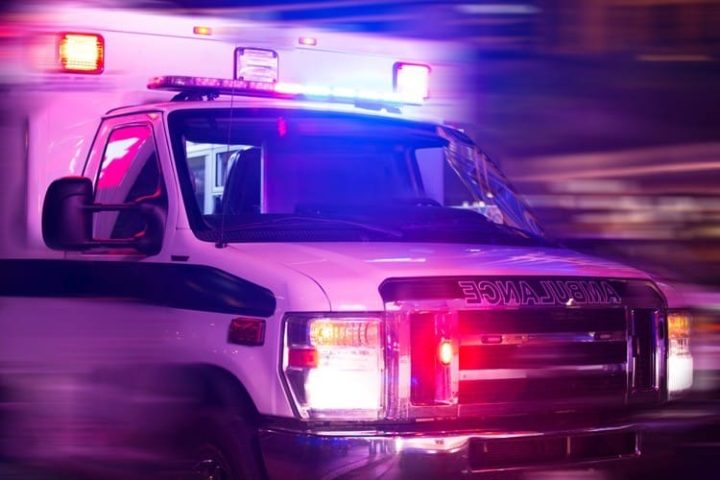
As of January 4, in Los Angeles, COVID-19 is going to be killing people — but not by infecting them.
As a result of the reported surge in COVID cases in the city, the Los Angeles County Emergency Medical Services Agency issued a directive limiting emergency care for some trauma victims.
According to the memo directing EMS transport of patients in traumatic and nontraumatic cardiac arrest, some patients will not receive emergency ambulance transport to a hospital for treatment if emergency responders think they are unlikely to be successfully revived.
“Effective immediately,” the memo from EMS Agency Medical Driector Marianne Gausche-Hill, M.D., reads, “due to the severe impact of the COVID-19 pandemic on EMS and 9-1-1 Receiving Hospitals, adult patients in blunt traumatic and nontraumatic out-of-hospital cardiac arrest (OHCA) shall not be transported if return of spontaneous circulation (ROSC) is not achieved in the field.”
Another directive ordered EMS personnel to restrict the usage of oxygen with patients under certain circumstances.
“Given the acute need to conserve oxygen, effective immediately, EMS should only administer supplemental oxygen to patients with oxygen saturation below 90%,” that directive read, according to USA Today.
According to the New York Times, as a result of the oxygen shortage, the state “has deployed the U.S. Army Corps of Engineers and the California Emergency Medical Services Authority to help deliver and refill oxygen tanks.”
Despite the apocalyptic-sounding headlines coming out of Los Angeles, the Times reported that positive signs were appearing that the situation was improving.
“California’s daily average of 38,086 cases per day over the past week represents a decrease of 11 percent from the average two weeks earlier,” the Times reported.
In comments reported by USA Today, Dr. Gausche-Hill downplayed the rationing of services, saying that the memo was “not a big change” in policy.
“We are giving [oxygen], we’re just trying to be cognizant that there’s some scarcity, so we want to utilize it on those patients that it can serve,” she told the paper. She also downplayed the directive on resuscitation.
“The best results are if you do compressions at the scene instead of transporting the patient in cardiac arrest to a hospital … where nothing further is going to be done. It’s pretty much futile,” Gausche-Hill said. “We’re facing a capacity crisis. We’re trying to work with all our partners to optimize hospital capacity.”
As of January 6 there have been 2,482,226 cases of COVID-19 in California, based on current test methods. There have been 27,462 deaths based on current reporting criteria. The current case fatality rate is 1.1 percent for the state.
So far, 72.2 percent of California’s cases are among those aged 18-59. Of those cases, most of them, 34.1 percent, have been in those aged 18-34. The largest number of deaths have been in those aged 65 or older. That cohort represents 74.5 percent of all deaths in the state, with those aged 80 and up representing a full 41.6 percent of total deaths.
For those under age 80 in California, the case fatality rate is 0.64 percent. (Case fatality rate is derived by dividing the number of deaths from a disease over a period of time by the number of individuals diagnosed with the disease. The resulting ratio is multiplied by 100 to determine a percentage.) See updated California COVID data here and here.



